Secondary Faculty
Faculty with Secondary Appointments in Neuroscience
Seungwon Choi, Ph.D.

The Choi Lab aims to define the functional organization of ascending somatosensory circuitry and to use this knowledge to reveal how internal states and disorders of the nervous system shape our sense of touch and pain. We study these exciting areas using new mouse genetic tools in conjunction with advanced molecular, anatomical, physiological, and behavioral approaches.
William Dauer, M.D.

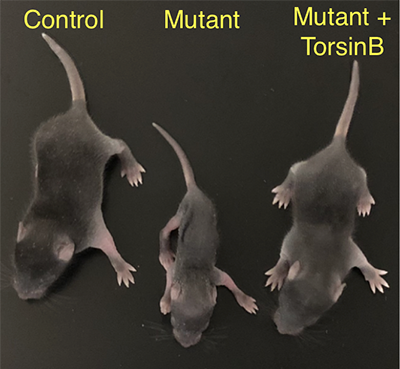
The Dauer Lab studies the pathogenesis of movement disorders, with a focus on dystonia and Parkinson disease. These studies also explore the mechanisms of selective neuronal vulnerability in human disease and aim to devise novel therapeutic strategies. We focus on human disease genes using cellular, molecular and mouse genetic approaches.
Marc Diamond, M.D.

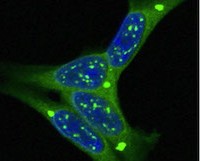
The Diamond lab seeks to define fundamental molecular mechanisms that underlie progression of neurodegenerative diseases and thereby devise new therapeutics and diagnostics. They have defined prion mechanisms in vitro, in cells and in mice that appear to govern trans-cellular propagation of pathology for tau, synuclein, and potentially many other proteins that form pathological aggregates
Robert Greene, M.D., Ph.D.

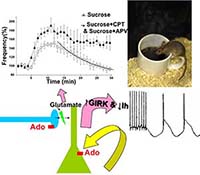
The Greene lab studies the molecular and cellular mechanisms controlling behavioral state, with a focus on sleep homeostasis and function. Towards this end we employ behavioral and electrophysiological phenotyping of sleep/wake states to analyze the genetic, cellular and circuit signaling pathways responsible for their generation and control.
Daisuke Hattori, Ph.D.


The Hattori Lab studies how neural circuits integrate sensorimotor information, memory, and internal state to guide behavior. We use Drosophila as a primary model and employ a multidisciplinary approach that encompasses molecular genetics, neural recording, and behavioral experiments in order to uncover neural mechanisms that provide animals with behavioral flexibility.
Joachim Herz, M.D.


The Herz Lab studies the molecular basis of Alzheimer's disease and frontotemporal dementia. We specifically investigate how disruption of endosomal trafficking by Apolipoprotein E4 affects the synapse and how progranulin deficiency leads to lysosomal dysfunction, and then apply these insights to drug discovery.
Frankie Heyward, Ph.D.

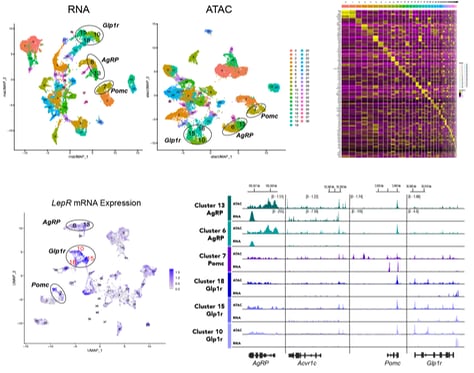
Dr. Heyward's research is focused on transcriptomic interrogation of key hypothalamic neurons regulating metabolism, body weight and glucose homeostasis. The core mission is to understand how neurotoxic insults caused by an obesogenic diet and aging contribute to epigenetically encoded impairments in the properties of cell types in the brain that control appetite and body weight. This broad topic is studied by employing a combination of low-input cell-type specific, and single-cell multiomic, genome-wide assessments of gene expression, epigenetic modifications, chromatin accessibility, and transcription factor DNA binding dynamics, as well as mouse genetic and epigenome engineering tools, in vitro and in vivo assessments of transcription factor activation, and animal behavioral assessments.
Takashi Kitamura, Ph.D.


The research goal in the Kitamura Laboratory is to provide a biophysically- based mechanistic understanding of neural circuits, neural processes and memory engrams for learning and memory in the entorhinal-hippocampal circuits of rodent brain under normal and psychotic conditions, by applying cell-type specific in vivo calcium imaging, in vivo electrophysiology, transgenic mice, viral-tracing, and optogenetic manipulation.
Nan Li, Ph.D.

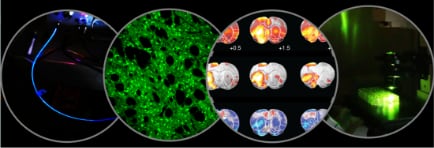
The Li's neuroimaging Lab (LNAB) aims to develop novel whole-brain MRI imaging methods to integrate molecular and system neuroscience and solve brain science problems in health and diseases. Specifically, the LNAB is interested in understanding the neural mechanisms of reward, decision, and learning in rodents.
Yingxi Lin, Ph.D.

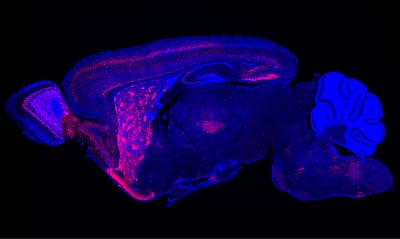
The Lin Lab studies the transformation of brief experiences into enduring memories, their impact on behaviors, and the differing responses seen in both healthy and diseased conditions. Utilizing a multidisciplinary approach, our research explores how experience-induced genetic programs establish connections between experiences and synaptic modifications within neural circuits, ultimately driving persistent behavioral changes.
Chen Liu, Ph.D.

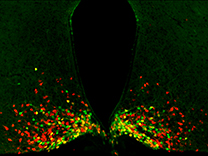
The Liu lab investigates genetic and environmental factors leading to obesity and metabolic syndrome in children and adolescents. We conduct transcriptomic and genetic analyses in hypothalamic feeding neurons to identify risk factors behind early-onset obesity. The lab also studies the neural mechanisms underlying drug-induced metabolic syndrome with a focus on the central serotonin circuits.
Ram Madabhushi, Ph.D.

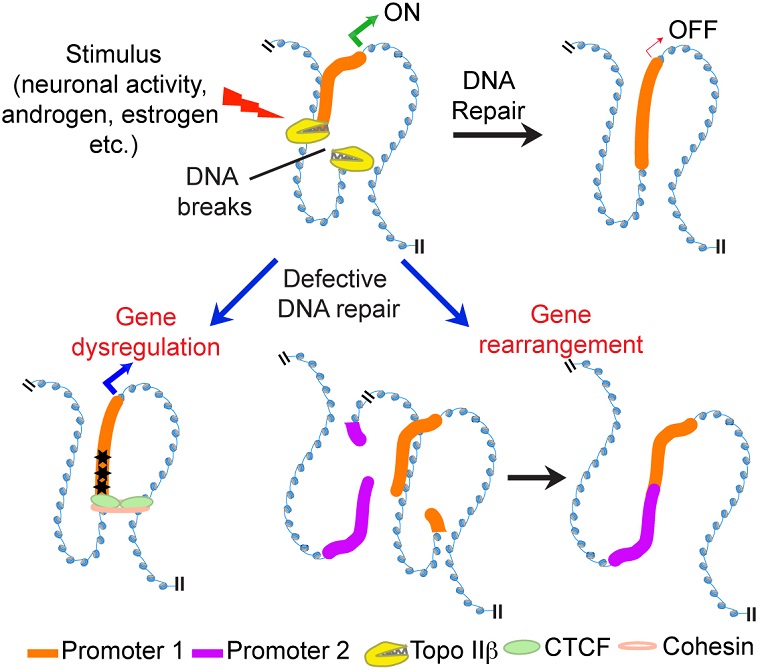
The Madabhushi lab studies how chromatin dynamics and epigenetic mechanisms regulate activity-dependent gene expression programs, and ultimately affect experience-driven adaptations in behavior. Our focus is on understanding how defects in these mechanisms could underlie the development of various neurological disorders and cancer.
Berge Minassian, M.D.

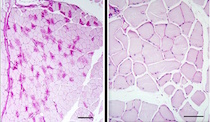
The Minassian lab focuses on cures for Lafora disease, a severe pediatric epilepsy, by studying the basic molecular mechanisms and developing possible therapeutics.
Yuki Obata, Ph.D.

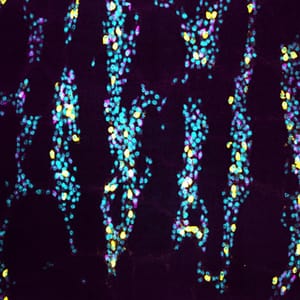
The Obata Lab studies how intestinal neural circuits sense external stimuli (e.g., enteric pathogens) and regulate immunity and sickness behavior. We use a variety of experimental techniques, including viral tracing of enteric neurons, in vivo and ex vivo physiological assays, infection and gnotobiotic mouse models, and multi-omics technologies. The Obata Lab is also working to elucidate the molecular mechanisms of interoception in the context of the circadian clock.
Kevin (Kyung) Park, Ph.D.

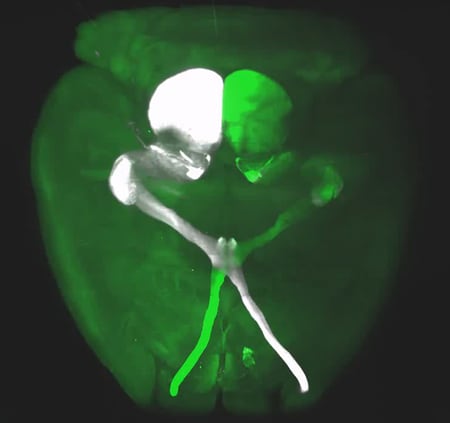
The Park Lab investigates the mechanisms by which neurons and neuronal circuits in the visual system are generated and maintained during development and in diseases. Toward this end, we combine in vivo models of visual system degeneration including glaucoma and ischemia and apply various research tools including real time retinal imaging and gene editing.
Hitomi Sakano, M.D., Ph.D.

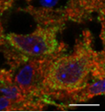
The Sakano Lab is interested in how the loss of FMRP (Fragile X protein) affects auditory brainstem development. FMRP is an mRNA binding protein that affects neuroplasticity. The loss of its expression results in Fragile X Syndrome (FXS), a heritable form of autism spectrum disorder with developmental delay and hypersensitivity to sound stimuli (a.k.a., hyperacusis). We are utilizing a mouse model for FXS to understand the abnormalities in gene in the cochlear nucleus during development. We are currently focused on FMRP effects on metabotropic glutamate receptors and voltage gated potassium channels and if it may lead to hyperacusis. We are also interested in the abnormal upregulation of nonsense mediated mRNA decay (NMD) pathway in these mice during early brain development, and through a joint collaboration at the University of Rochester, we are testing inhibitors of NMD to ameliorate the effects of FMRP loss. We hope that by understanding how FMRP modulates the auditory pathways, we may shed light on the possible mechanisms of autism, auditory processing, hyperacusis and tinnitus, which are common problems with no cure.
Steven Shabel, Ph.D.
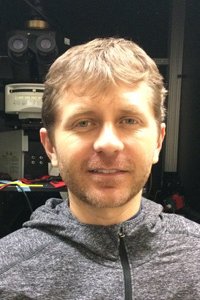

The Shabel lab investigates how individual differences in reward system functions determine propensity for depression and addiction-like behavior using a combination of electrophysiology, imaging, and behavior.
Peter Tsai, M.D., Ph.D.

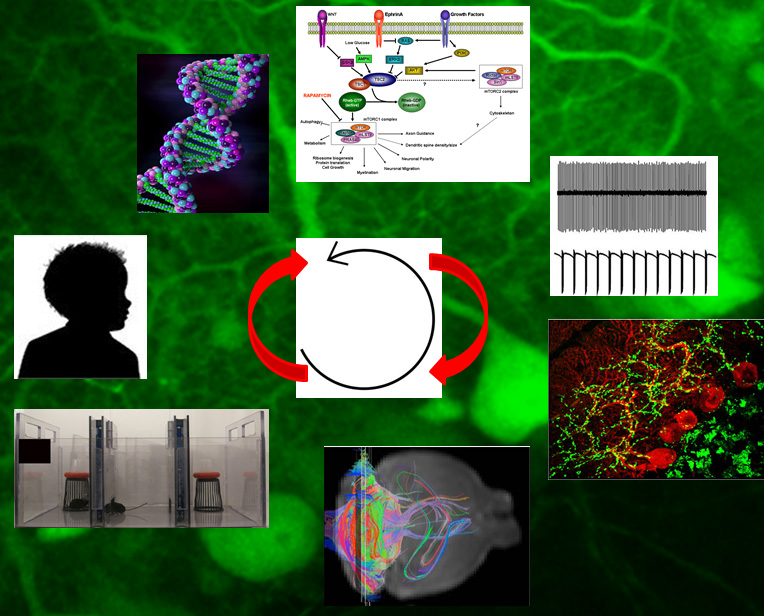
The Tsai laboratory studies the molecular and circuit mechanisms underlying cognitive and behavioral disability in neurodevelopmental disorders such as autism, with a primary interest in the contribution of cerebellar dysfunction to neurobehavioral impairment.
Jun Yamamoto, Ph.D.

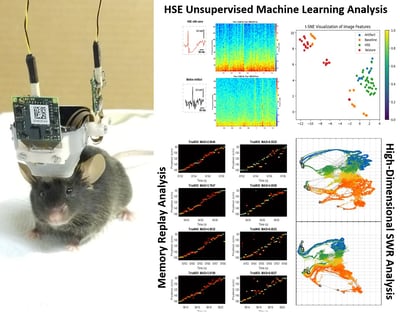
The Yamamoto lab focuses on the neural dynamics underlying successful memory access and retrieval during episodic working memory tasks. By investigating the hippocampal-cortical network through large-scale in vivo electrophysiology and machine learning approaches, the lab seeks to unravel the mechanisms of these neural circuits. The lab also studies Alzheimer's disease, dementia, and various forms of psychosis, including schizophrenia (ScZ) in model mice. The ultimate goal is to decode the intricate interactions within the critical hippocampal-cortical network. Through these investigations, the lab aims to establish a foundation for more effective treatments and a deeper understanding of the memory system.

